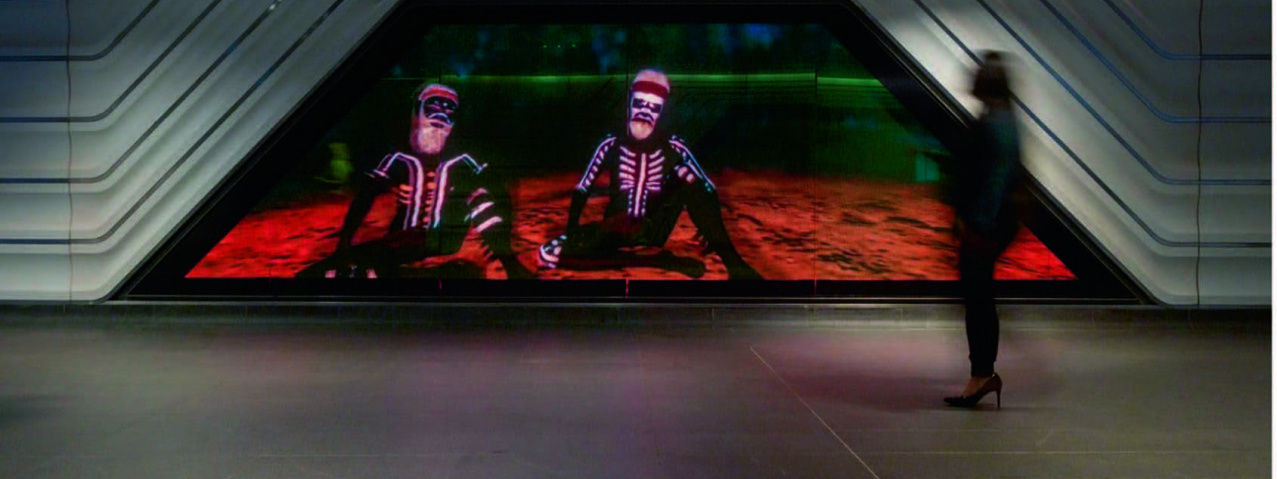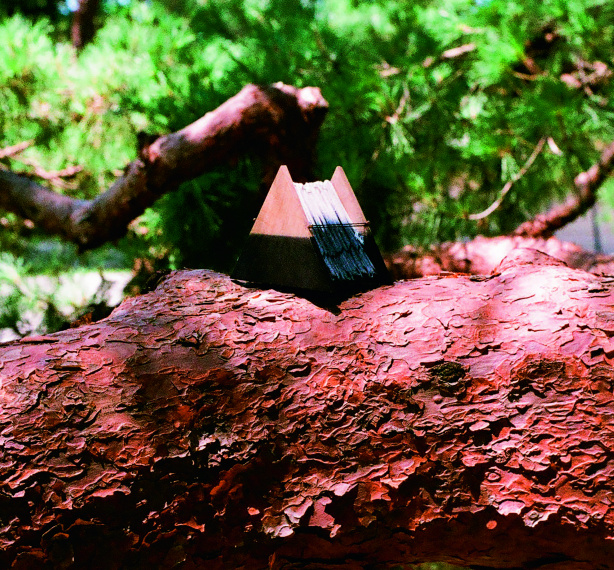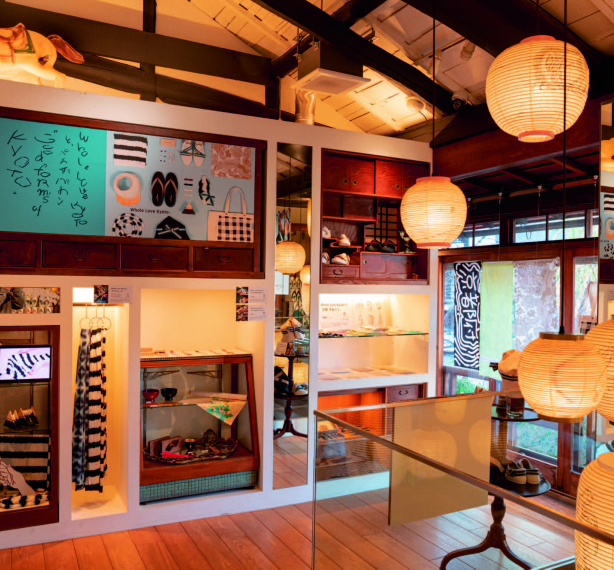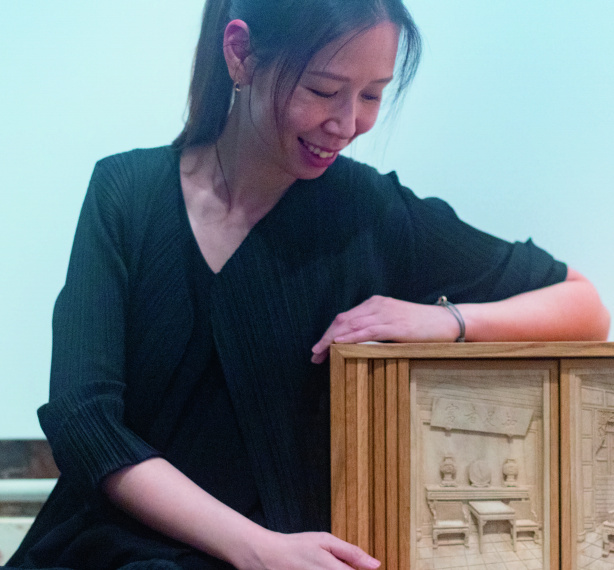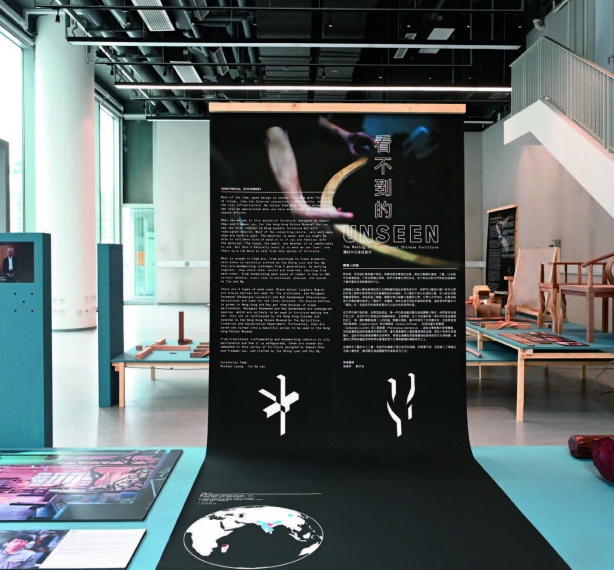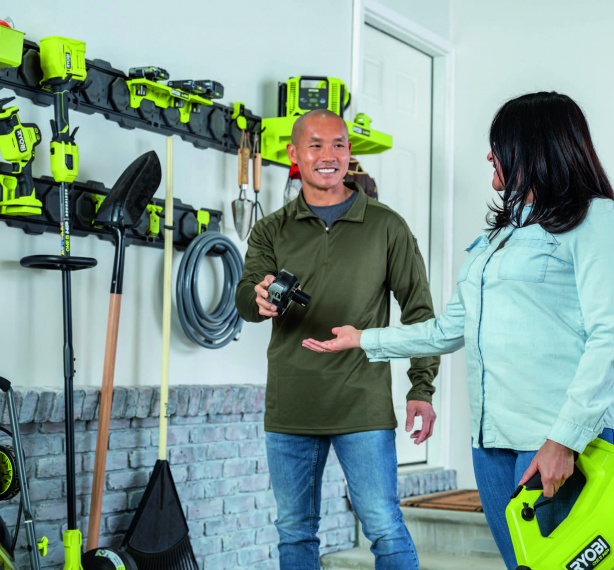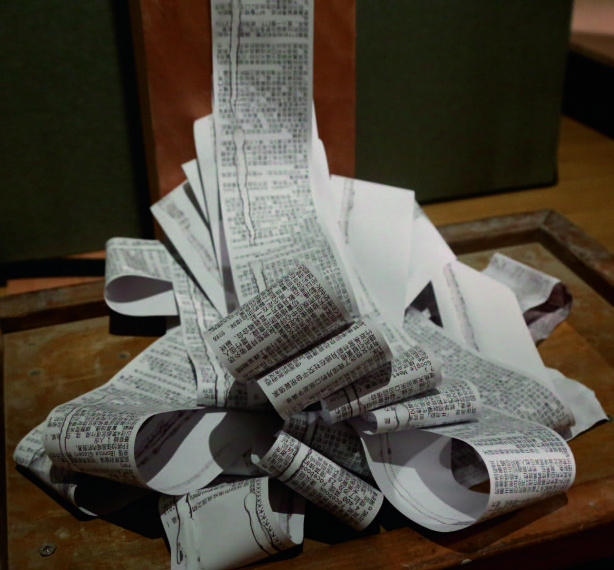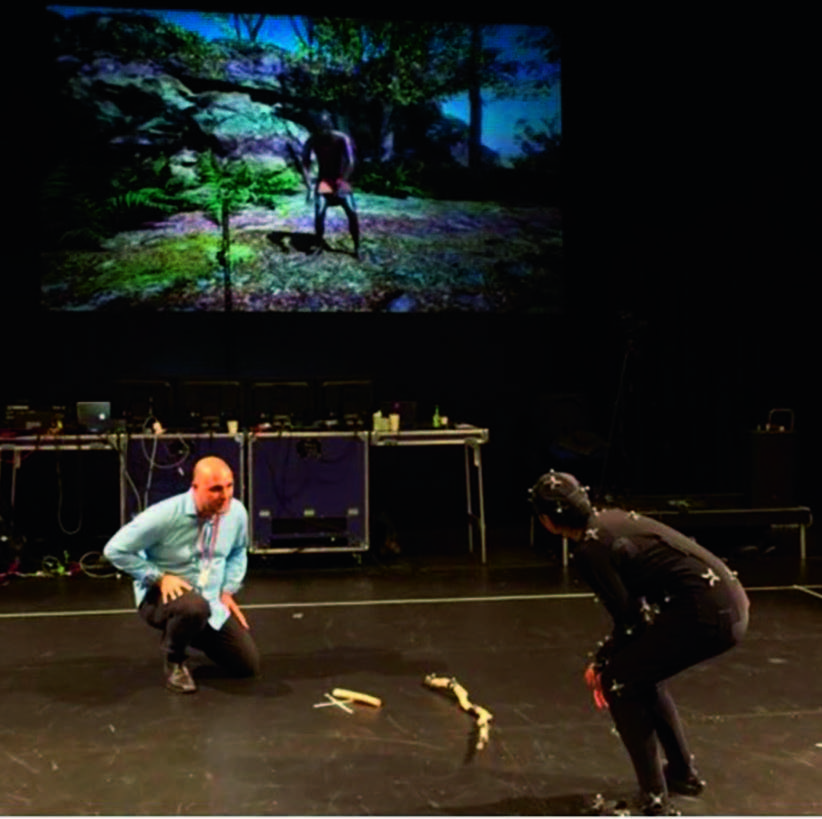
|
Declaring you want to create a time machine will probably earn you some sideways glances. However, Brett Leavy's vision of a virtual representation of the Australian continent as it was before European colonisation is more than just a flight of imagination. On the contrary, the technology exists, and Leavy has been working for decades to refine it to his needs.
Brett Leavy is a storyteller. His legacy of communicating First Nation perspectives is deep and rich, and includes contributing at the foundational stages of Australia's national indigenous radio and television stations, as well as documentary filmmaking. His latest storytelling efforts are focused on digital technology, and specifically creating virtual worlds. Leavy is fascinated by VR and AR technology and, in particular, the potential of first-person role-playing games to create virtual time machines where users can experience the landscape and a way of life from a bygone era.
In his earlier years, Leavy was heavily involved in First Nations' land title claims and worked to return traditional lands to indigenous ownership. However, he was unsatisfied with the written reports supporting these land rights claims. Many serve as court documents and are seldom read, nor shared with the community or younger generations. His solution to this problem was to re-present this culturally significant information in a way that youth can easily engage with, and create a methodology to pass down traditional knowledge to the next generation. His method—accurately recreating the environmental conditions from when Australians were the sole custodians of their country "Gondawanaland" and the gamification of this virtual world.
With his company, Bilbie Virtual Labs, Leavy's goal is to create a Google Earth equivalent of the Australian continent. However, his version will recreate the natural environment and even the animal life that originally sustained Australia's indigenous inhabitants. In fact, he wants to do much more. He wants to populate this world with indigenous non-playing characters (virtual custodians and totemic creatures), both people and animals, as well as historically accurate recreations of the physical sites they would have inhabited. For Leavy, it is "A means to allow users to walk in the shoes of the original Australians, to experience their lives, their challenges, and their celebrations. In this sense, it is more than just a time machine, but rather a spatial, temporal, and cultural experience that contains profound educational significance and a positive message for modern Australian society."
A virtual worldview recreated
"Reclaiming the past is key to establishing and perpetuating identity, and this has been very challenging for First Nations people in Australia and around the world. Indigenous knowledge is not static and text-based; the knowledge is archived within the land," says Leavy. To this point, it is worth uncovering the meaning behind the projects' collective name of Virtual Songlines. In Australia's First Nations' culture "songlines" are the stories, the myths, and the legends that bind indigenous people to each other, to their land and the living environment, and to the many tribes that populate the continent. Leavy explains, "Essentially, songlines are a mass of knowledge related to the land that first nations people have always known and used to sustain themselves. Virtual Songlines are a way to reconstruct that."
Virtual Songlines is a series of projects that are working toward creating this virtual world, what Leavy wryly calls the "Indijiverse." However, Virtual Songlines also refers to the array of digital tools he and his co-developers have created to be able to recreate the flora, fauna, and human world of indigenous Australia before European settlement. As one could imagine, mapping and modelling the entire topographical and cultural terrain of the indigenous world before European settlement comes with many challenges.
Leavy elaborates on the process, "We start with GIS satellite data to get the topography right. Then we extensively research the herbarium listings to determine the native plant life, and digitally recreate the vegetation. Particular attention is paid to plants that were put to use as food or traditional "bush medicine" or were used to make tools, so they can be featured as elements within the projects' stories." He works with historians and indigenous elders to accurately locate and portray the features of everyday life, such as campsites and significant locations, creates them as 3D backgrounds and artefacts, and then populates the virtual world with people and animals to get an approximate representation of the land before European settlement upheaved this coexistence with the land and its natural resources across the continent.
Re-imagining everyday spaces
One of the main goals of Virtual Songlines is to demonstrate that First Nations'people were not limited to the remote parts of Australia where they are most commonly found today. Leavy elaborates, "Before European colonisation indigenous Australians also lived in the best parts of the country, with fresh water, abundant wildlife, and lush vegetation, but they were pushed out by settlers, often very violently, and this needs to be better understood in the wider community. This is especially important, because the vast majority of Australia's approximately 700,000 people with First Nations heritage live in the big cities, disconnected from their cultural heritage even though they live in traditional custodial lands."
There are a number of ways to experience Virtual Songlines, and the projects are often featured at galleries, libraries, schools, and an array of public spaces around Australia. Leavy expands on what users will encounter, "People can have a short but fully immersive experience, explore the local area in its former state, and role play and do tasks and carry out missions such as collecting food, or just experience everyday life of the time." Individually researched and created, each project site is evidence of the spiritual, physical, and cultural connections to which the local people belong; and this applies to the water, the plants, the animals of the region, and all the generations of people that have been the land managers and custodians of these spaces.
Virtual Songlines' focus is on creating a regionally-specific experience, much of which is drawn from the cultural heritage acts of each state in Australia, recreating acknowledged campsites, quarries, and ceremonial "bora" grounds. Leavy expands on its significance, "By doing those things, we are respecting places, and giving them place names, and connecting them with the traditional owners who frequented those spaces, and doing it in the regional towns and city spaces where they once existed. Doing this in an authentic and real manner helps people to reflect on the places as they were, before being filled with concrete and asphalt and rendered unrecognisable to their original condition."
Gamification increases learning possibilities
As Virtual Songlines has evolved over the years, so too has Leavy's ambition for the project, especially with gaming and their immersive qualities. "The games are basically a hero quest, a cultural heritage survival game set in indigenous Australia and based in 'virtual' real communities that recreate their lives and environments as best as possible. It is a hero quest that you need to build from the ground up, survive, eat, make weapons, and thrive in the environment you have. A concept not so different from many of the most popular AAA multi-player games like Assassin's Creed."
Bilbie Virtual Labs is working on over 50 such projects across Australia, and the games are based on the same premise and built with the same software toolkit. "Making each virtual world as authentic as possible requires us to co-design with elders and traditional knowledge custodians, learning of each lived experience, one interview at a time," says Leavy. True to the continent's scale, the virtual terrain gamers are able to roam over massive areas ranging from 24km x 24km, up to 100km x 100km, which is a long "walkabout" in a virtual heritage world fraught with dangers.
There are so many positive aspects and educational possibilities for Virtual Songlines, Leavy elaborates. "For instance, there is a linguistic component, as an aid to teach traditional languages; educating about sustainable resource management for the environment; and teaching respect for elders, who are the storytellers, so they can directly speak and tell their stories. Other educational aspects include learning about geography, history, science, mathematics, social sciences, and biology, as well as teaching about bush tucker (food) and bush medicine. Essentially, we are creating an entire virtual world, so you are only limited by imagination when dealing with possible outcomes."
"We've been innovators for many thousands of years and using digital technology is just another way of telling the oral histories of our people to provide others with a greater understanding of our lands, culture and heritage," says Leavy. He believes once people realise that beneath the hard surfaces of modern urban life is a wealth of traditional knowledge and cultural richness, it will help foster respect and build hope for better understanding between the First Nations' peoples and broader Australian society. Optimistically, he notes, "If people realise that we are living and working together, then we can move together as a group, and this will help advance indigenous people and help the country as a whole."
|
